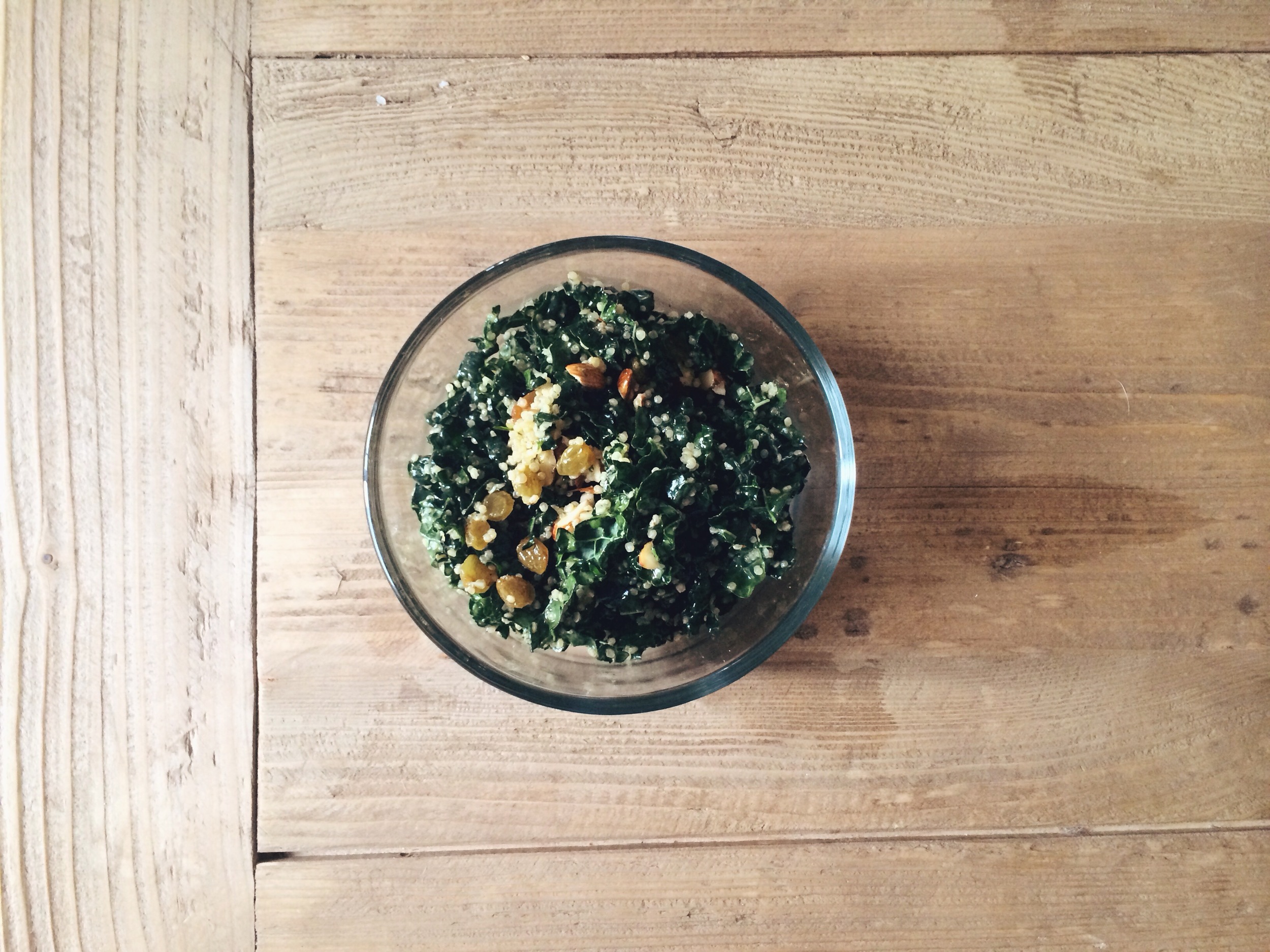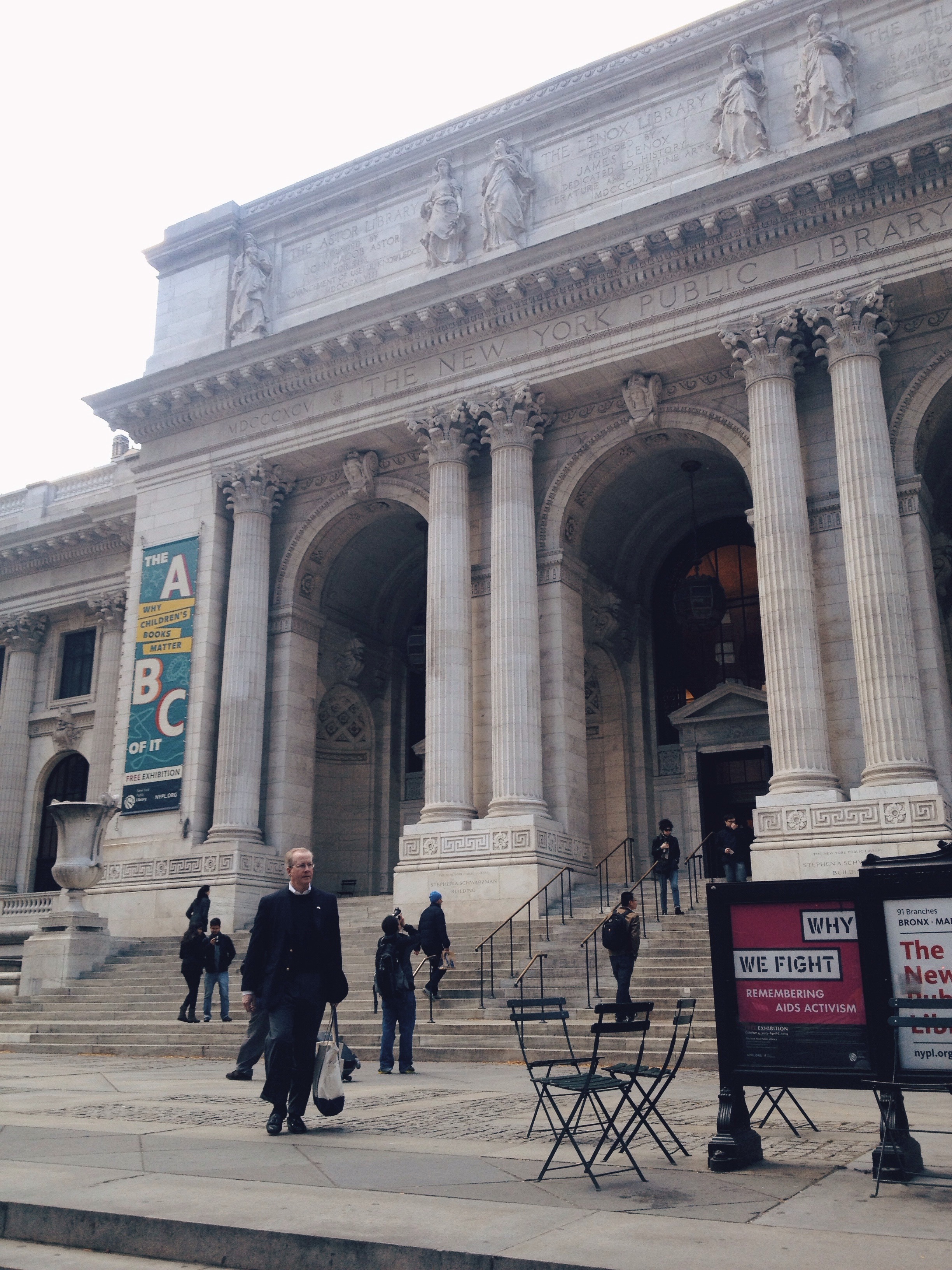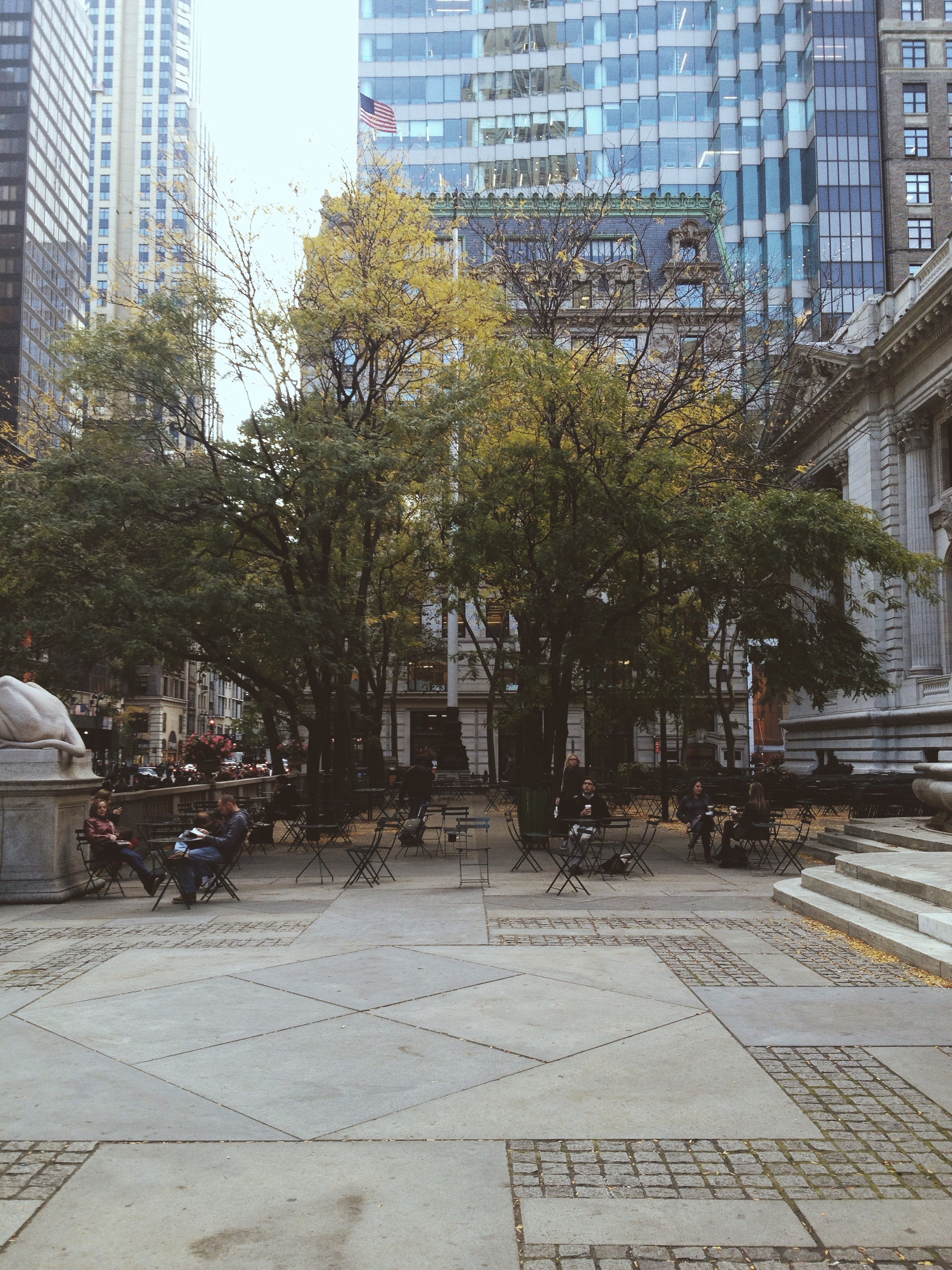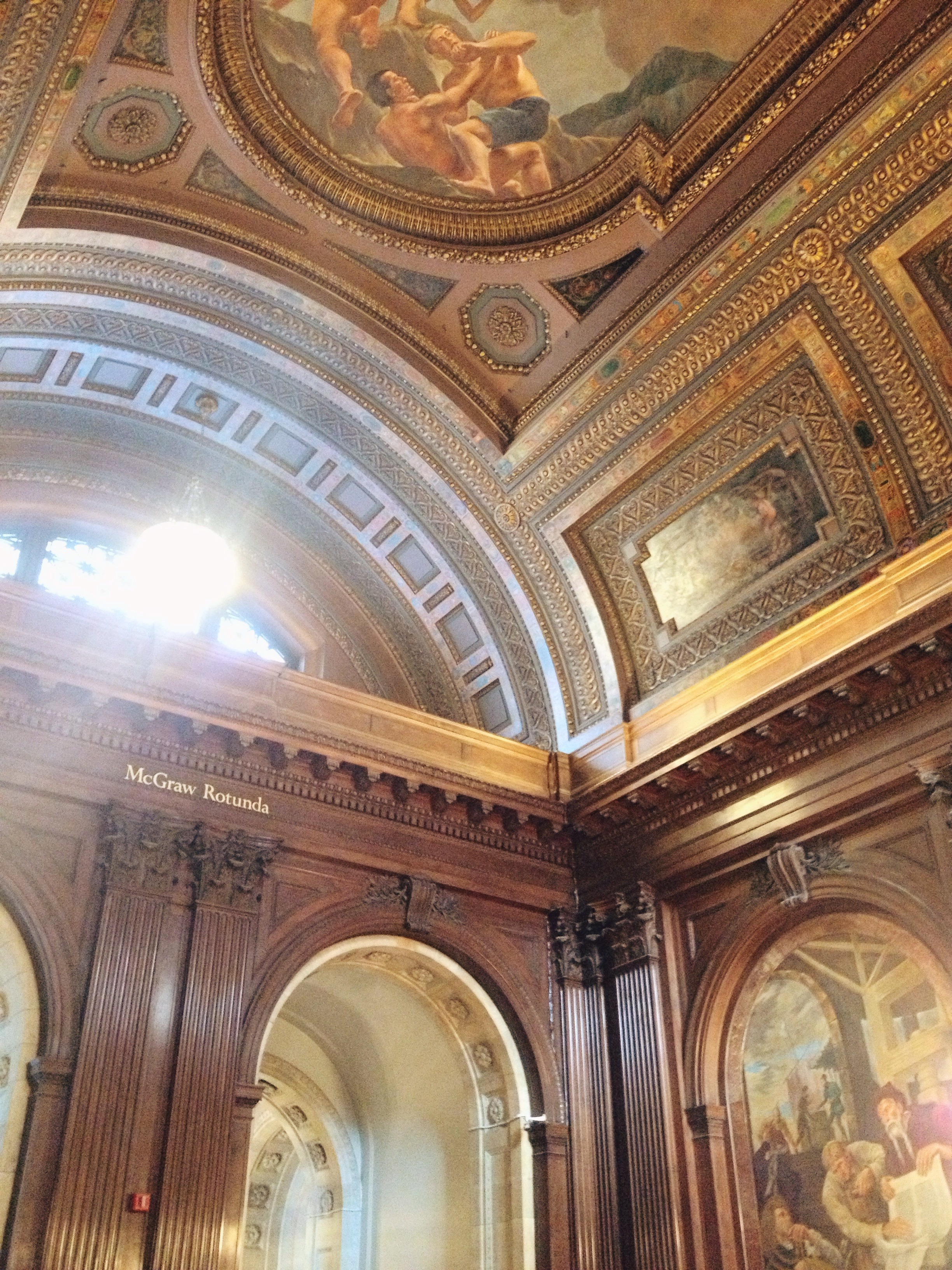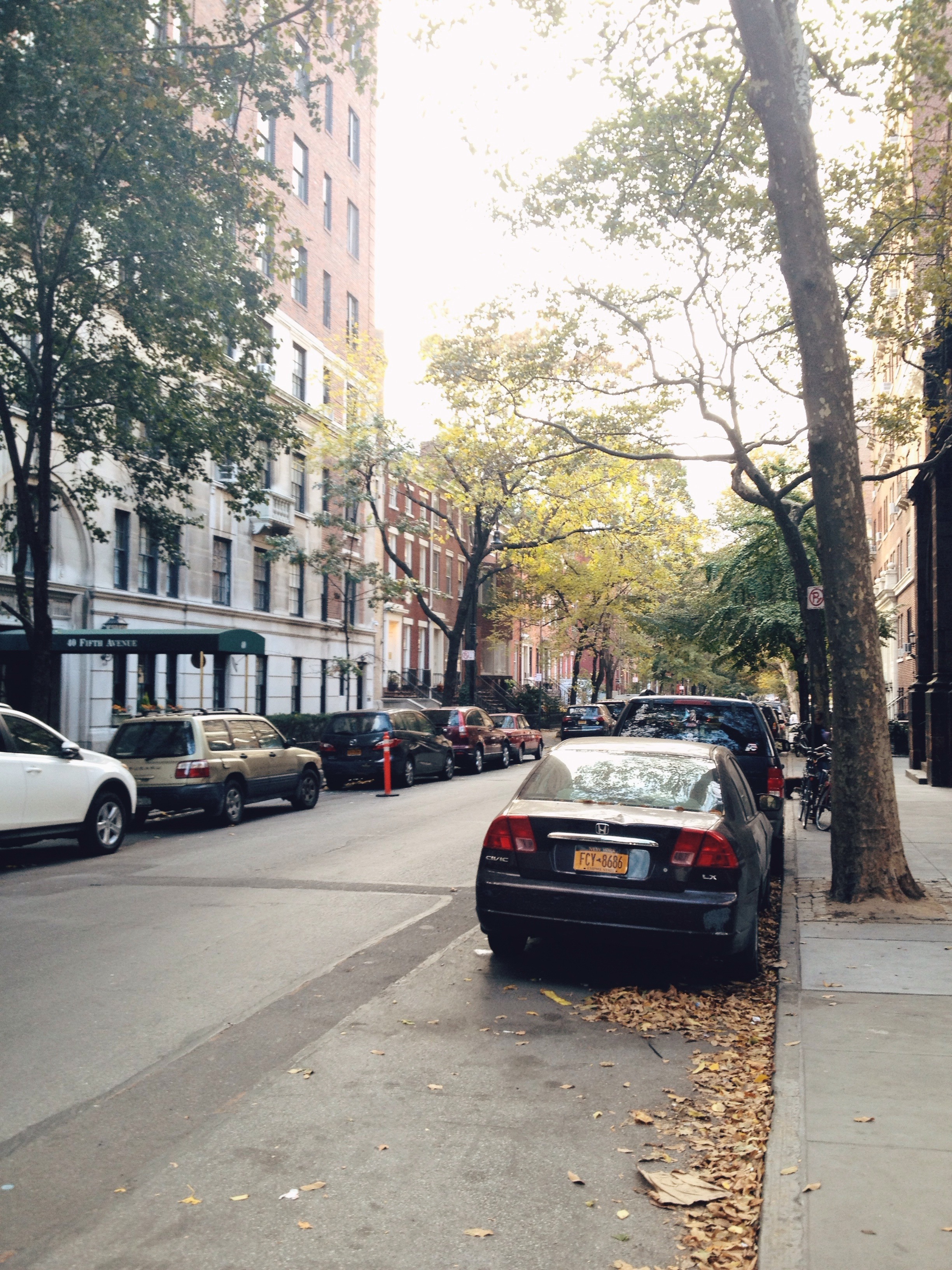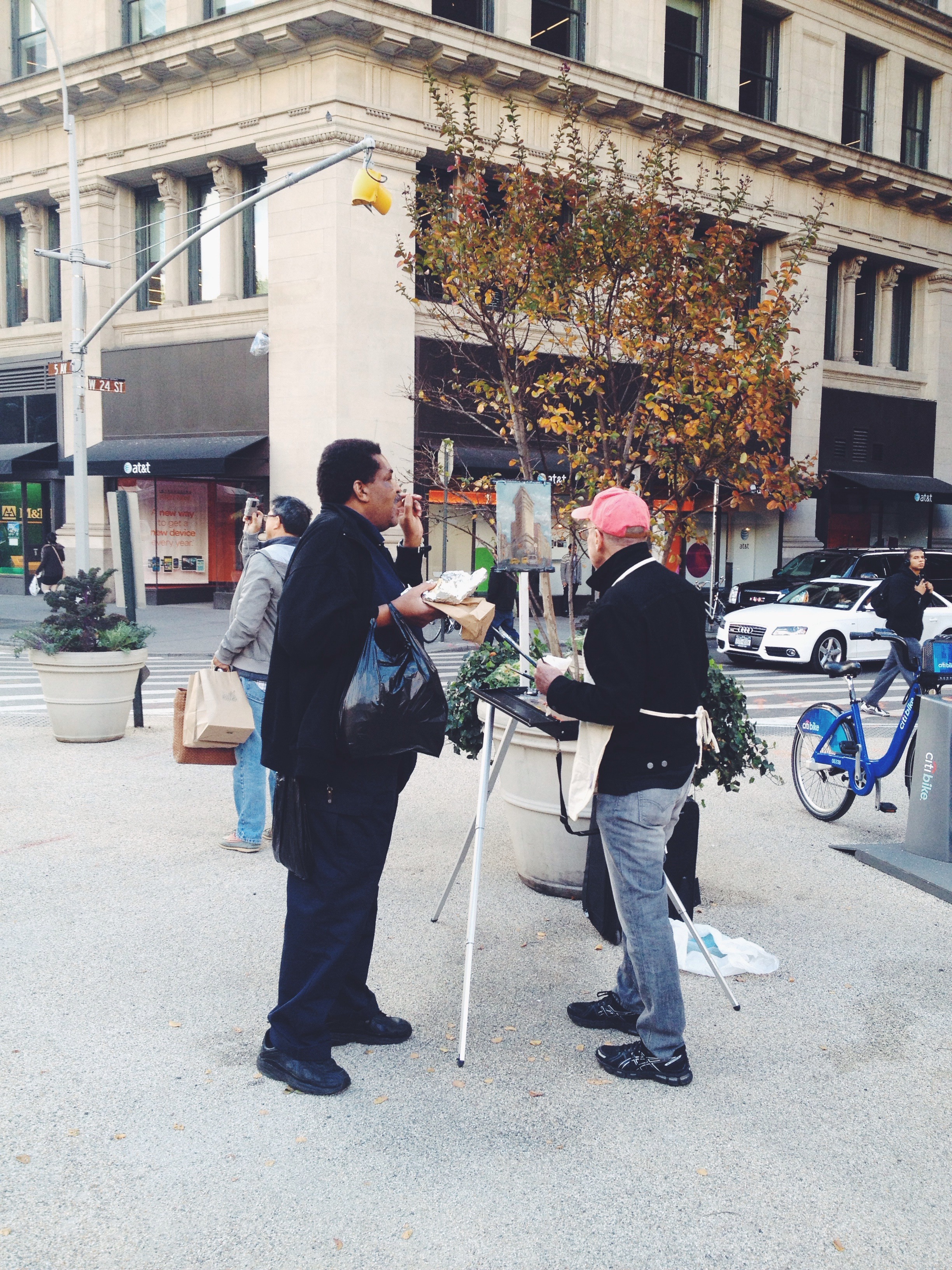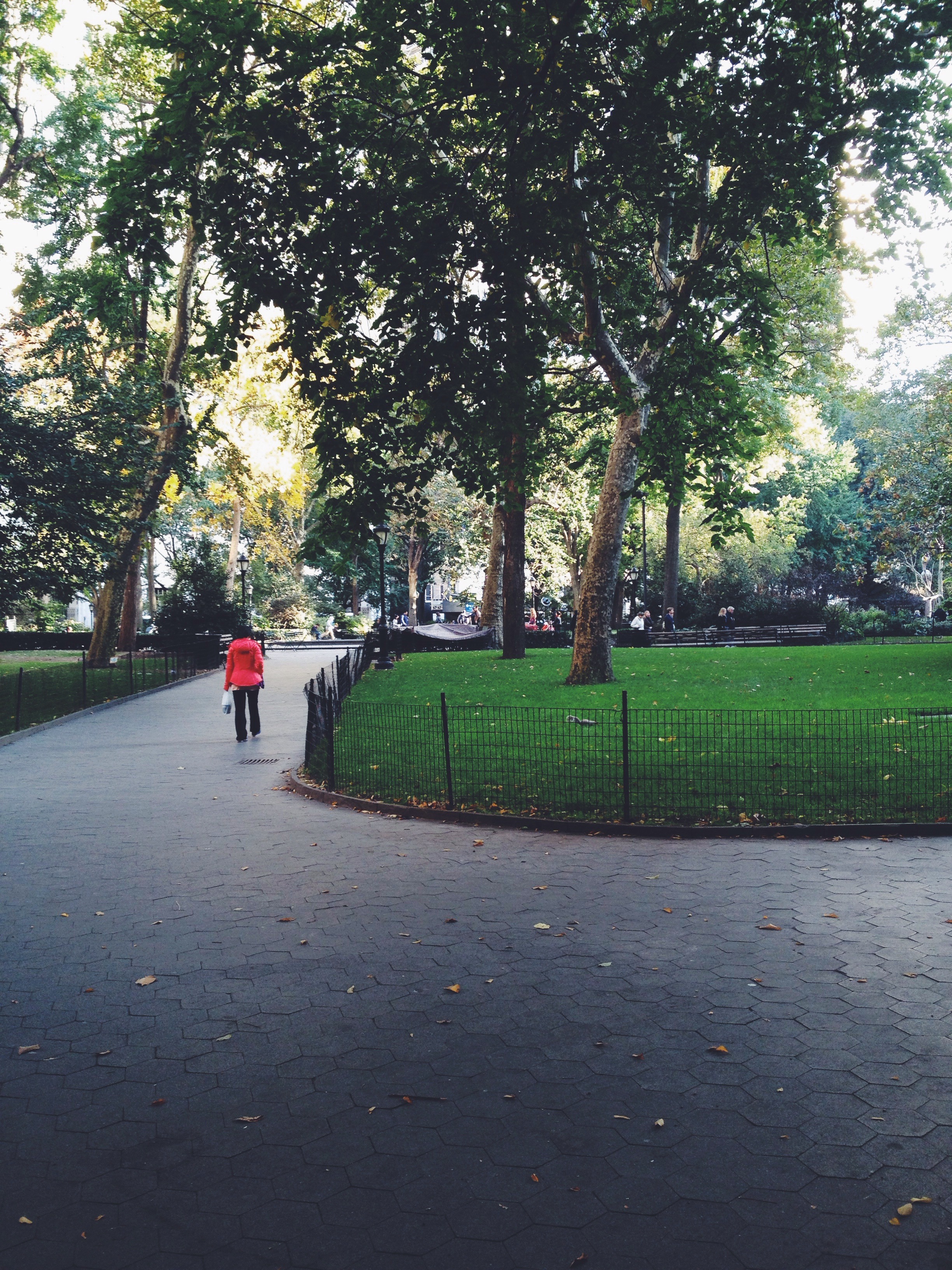The last time I apologized for a poem was in January 2011. It was my first post on Eat This Poem, and Louise Gluck struck a somewhat melancholy note to begin the year.
I won't apologize for this brief stanza from Robert Hass, but I will say that things are strange. On Christmas Eve, we found out that Andrew's parents were both recovering from the flu, so we postponed our visit until the weekend. That left us with no plans for Christmas day, and with such little notice, I didn't have time to cobble together a plan like I normally do.
So we drove to Malibu. With few provisions to make a picnic, I threw together a sturdy kale salad dressed with lemon and studded with almonds. It was packed in glass jars, and we drove, unobstructed by traffic and long lights, to the coast.
It was not the coast of Sausalito, but I thought of this poem just the same. Robert Hass is like me, a Californian, and his poems often draw from the landscape of our rugged and beautiful state.
from On the Coast Near Sausalito
by Robert Hass
I.
I won't say much for the sea,
except that it was, almost,
the color of sour milk.
The sun in that clear
unmenacing sky was low,
angled off the gray fissure of the cliffs,
hills dark green with manzanita.
Low tide: slimmed rocks
mottled brown and thick with kelp
merged with the gray stone
of the breakwater, sliding off
to antediluvian depths.
The old story: here filthy life begins.
Yes, life begins. In January, we feel it. Life is tugging, gnawing, requesting refreshment, and I'm grateful to have had a couple of weeks to retreat from my routine, read cookbooks, make plans, and rest before 2014 began.
I didn't manage to put together a retrospective post on Eat This Poem for 2013. In fact, I had a near meltdown on New Year's Eve when I couldn't find grass fed short ribs for the traditional meal Andrew and I share (served under a bed of celery root risotto), so I was feeling out of sorts the entire week. But we found a way through (Andrew called three butchers before finding one that had what I needed) and our meal was salvaged. In fact, it was spectacular. We set goals, ate cheese, drank one of our best bottles of red wine, and I managed to stay up until midnight.
Here we go.



